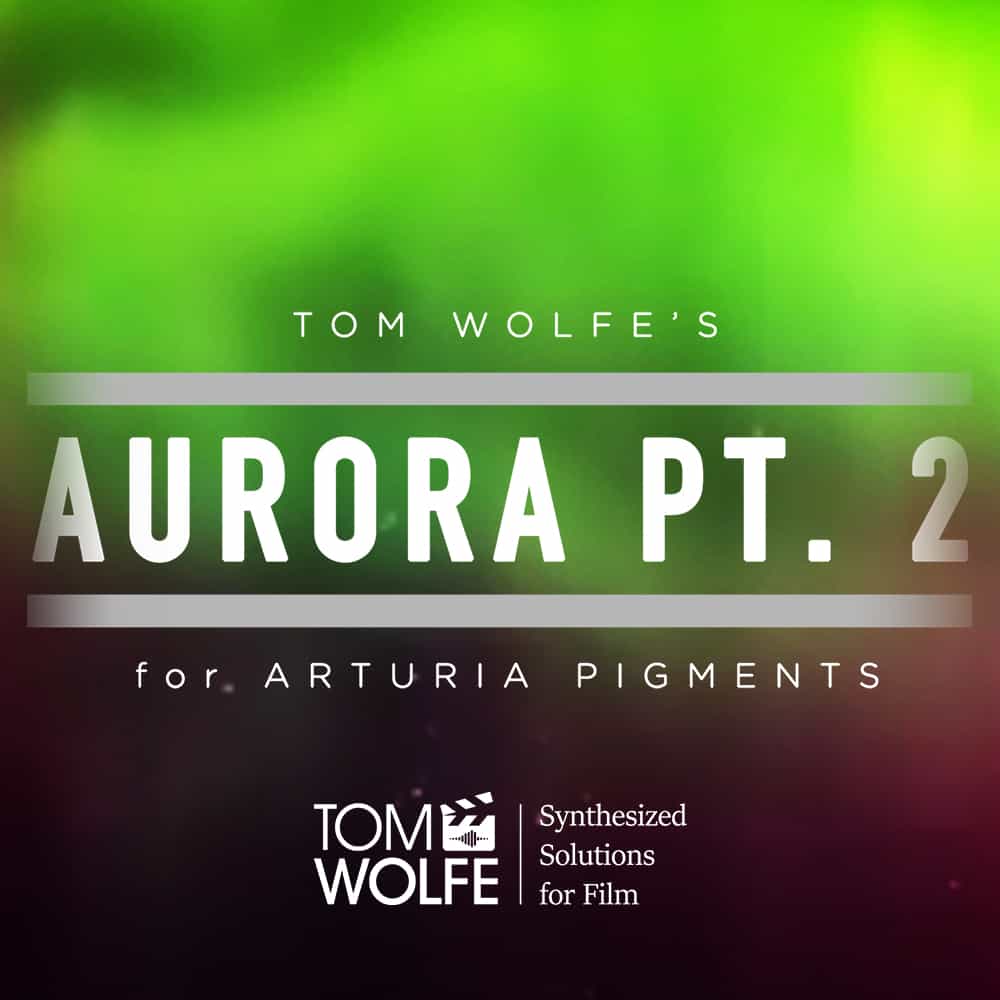

There's even a feature called 'Sound design tips' in which sound designers can highlight certain controls which work well with the current sound. Each preset contains a description from the sound designer, which often includes details on what the four Macro controls do, as well as any peculiarities inherent to that particular sound. The preset browser will assist in navigation using a combination of categories, tags, favourites, playlists and a search function.

The first order of business after installing any new instrument is to peruse a few presets - over six hundred are included. The bottom half is permanently dedicated to modulation sources, which are deep and plentiful.

The top half of the screen can display Synth, Effects and Sequencer. The interface is clean and well designed with nice use of colour to differentiate between modulation sources. For that you can look at Arturia's other offerings.Īfter installation and authorisation Pigments will prompt you to set up your audio and MIDI settings and then you're ready to go.

It can do virtual analogue too, but it does not focus on faithful recreation of analogue timbres. Fundamentally, Pigments is a wavetable synth. Not something you'll master in one evening, but something that could become a go-to instrument for a wide variety of sounds. It is what I like to call a 'big synth' (OK, not the most inspired name): a behemoth that bestows many tools on the sound designer. Pigments is a plug-in and stand-alone instrument available on Windows and Mac OS X in all the usual formats. Storm has long since been retired, but now Arturia are returning to their roots with a software synthesizer entirely of their own design. Since then they've successfully moved into the hardware market with synths, drum machines, MIDI controllers and audio interfaces. Their first product was a complete software music studio called Storm, but it wasn't until they began to focus on software recreations of classic hardware synths such as the Sequential Circuits Prophet 5, Roland Jupiter 8, ARP 2600 and Moog Minimoog that the company really took off. Here we can see LFO 2, in yellow, is modulating Wavefolding Amount and Filter 2 Frequency Shift.Īrturia built their reputation on software recreations of classic synths, now they're back with one of their own.Īrturia have been in the virtual instrument business for 20 years. Pigments isn't just a pretty name, it makes excellent use of colour to differentiate modulation sources.


 0 kommentar(er)
0 kommentar(er)
